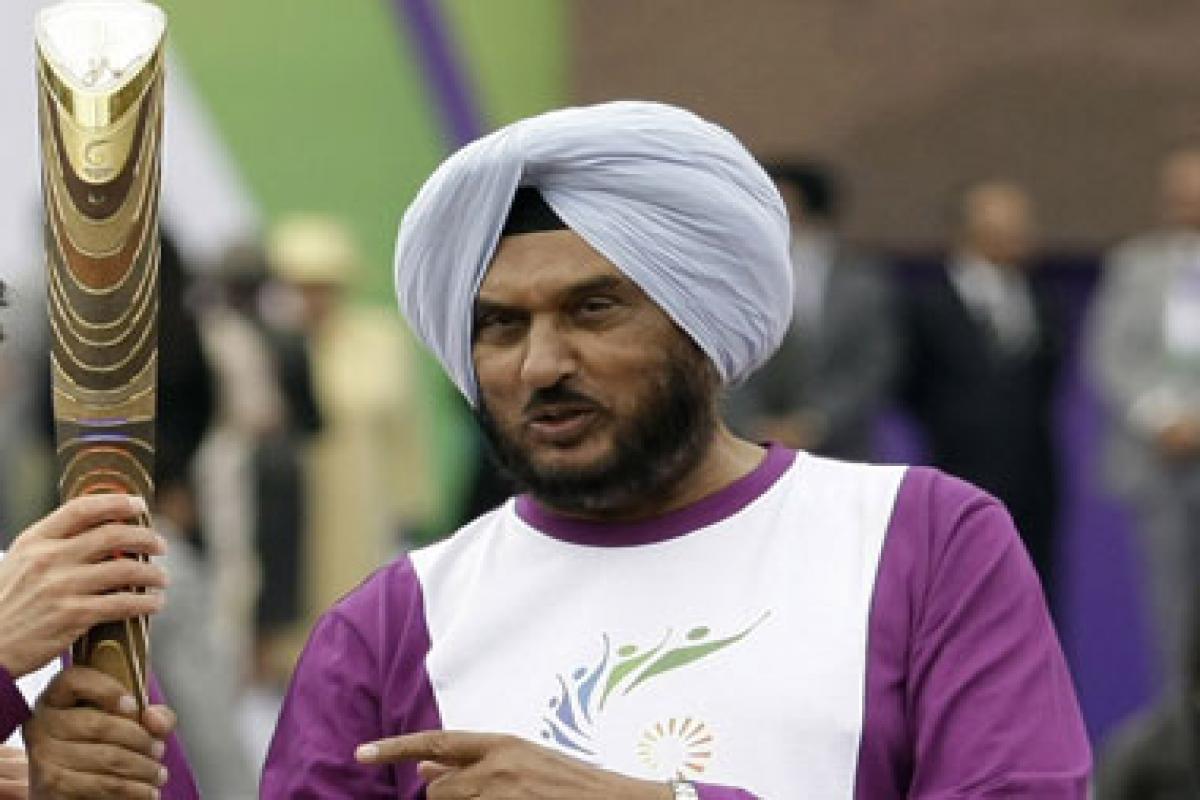New Delhi: Gurbachan Singh Randhawa comes from a time when medals brought athletes respect, but little in terms of monetary benefits. He won a gold medal at the 1962 Asian Games in the decathlon and was among the first recipients of the Arjuna Award which he won in 1961.
Comparing his era to the present one would be a futile exercise. "When I used to go for competitions I had to take care of all the payments. I don't blame anyone for it -- we simply didn't have the infrastructure back then, there was not even a Sports Ministry," Randhawa told media.

However, he advices caution in optimism. "Things have changed for the better to a large extent now, but we still have a long way to go to reach world standards," he said.
Randhawa believes that athletes being recognised for their performances is good, but hyping up victories in insignificant competitions is to be avoided. A case in point being that of sprinter Hima Das, whose five medals in races across Europe last month made her a sensation on social media with politicians, celebrities and even fellow sportspersons hailing the achievement.
The reality is that these were fairly low level tournaments that she took part in so as to ease herself back into competition mode after recovering from a back injury that forced her to prematurely end her participation in the Asian Athletics Championships in April.
"These competitions were not of any standard at all. This sort of needless hype is not good for the players," said Randhawa. "She is a talented girl, she might even qualify for the Olympics. But qualification shouldn't be a target, medals need to be the target."
At the same time however, the 80-year-old believes that medals and wins, or the lack of them, cannot be the only parameters to measure an athlete's success. "There is a lot that goes into getting to the point where the athlete wins or loses a medal. That should be considered too," he said.

Randhawa believes that in this sense, the authorities have done well in the run up to the Tokyo Olympics. "Athletes have been provided with facilities. There is no doubt about that. They have been given good coaches and there has been no delay in payments of any kind for them. There has been a lot of good investment in the right areas," he said.
However, he feels that track and field in the country still has some way to go before being considered as a field that can produce a medal. 21-year-old javelin thrower Neeraj Chopra's exploits at the Commonwealth Games and Asian Games last year made him a contender for Tokyo 2020. But an elbow injury and subsequent surgery in May has temporarily halted his progress. It was a troublesome shoulder and elbow that forced Randhawa to give up javelin throw -- and thus, decathlon, after the 1962 Asiad.
"It is not easy to come back from an elbow problem and get to the level that he was at before. He is a talented boy. I was very impressed with his progress. But we will have to wait and watch how he recovers," said Randhawa.
"Badminton, tennis, shooting are I think some of the sports that have shown good improvement since the Rio Olympics. With athletics we can see that there is now a good distribution of kids in different events. Earlier it used to be the case that we simply did not have enough good athletes in certain categories and that is not the case now. However, I don't think we have anyone on a world-class level yet," he said.



